By CAF Worldwide Executive Team Content Staff
2023 ushered in plummeting freight rates and the expectation of a return to pre-pandemic shipping levels. With major supply-chain disruptions a distant memory, these conditions could yet change rather abruptly in an industry often shaped and defined by global political and economic events.
Russia’s ongoing war in Ukraine, continued tensions between the United States and China regarding Taiwan, high worldwide inflation, rising energy costs, and other factors remain uncertainties with seismic ramifications.
This softened market creates additional challenges, such as lower volumes and cooling demand. In response, many freight forwarders and customs brokers will pivot strategies to include additional service offerings, automations, and greater use of advanced technologies.
However, things could change for importers just as easily as the industry has shifted. On June 14, the International Longshore Warehouse and Union (ILWU) and Pacific Maritime Association (PMA) reached a tentative deal on a new six-year contract for the union's 22,000 dockworkers.
This is good news for shippers, as many feared stalled labor talks would lead to a disruptive labor strike.
To assist with these changes, shippers and importers must prepare themselves to get ahead of the curve as the market rapidly changes. Working with a knowledgeable freight forwarder and customs broker, such as CAF Worldwide, can aid in making quick and informed decisions based on market conditions.
This quarterly review and outlook provides industry insight and analysis from CAF Worldwide President Joseph Barry.
Everything Is ‘Status Quo’
It’s unusual that everything is “status quo,” according to Barry, adding that the current state of global shipping, logistics, and trade hasn’t changed since January—something he hasn’t experienced since the 2008 recession.
“The big thing we’re looking at right now is how little is going on,” he explains. “There aren’t any issues with trucking, ports, or warehouse space. And we’re not dealing with a global pandemic. We are in a place that we haven’t been in for several years.”
Shippers are moving goods at more subdued, slower levels. The market currently is soft, but he cautions that could change as the year progresses.
“It’s kind of difficult to speculate,” continues Barry. “There are so many issues at play, such as inflation, increased interest rates, and decreased spending. That has really curtailed the consumer, and in turn made a pretty significant impact on the shipper community. At some point, inventories will deplete, consumers will demand more/different, and this will kick the industry back into higher demand.”
Industry Update
- Spending underwent a pullback during the first quarter.
- It’s currently a “wait-and-see” on what’s next for the industry.
- Goods are moving slower, and consumers aren’t spending money—both of which are impacting reduced demand and spot-rate reductions.
- Space and capacity are non-issues; it’s yet to be determined if tonnage will be pulled from the market.
“There aren’t any issues with trucking, ports, or warehouse space. And we’re not dealing with a global pandemic. We are in a place that we haven’t been in for several years.” —CAF Worldwide President Joseph Barry
End-of-Quarter Predictions & Projections
The CAF Worldwide president doesn’t foresee current trends changing much within the next quarter, and remains optimistic for 2024.
“I think [the industry as a whole] will be a very slow trajectory of changes,” he shares. “It will be slightly better, but nothing meaningful. Q1 [wasn’t great, so it’s pretty easy to be better—there’s no question about it. Hopefully during Q4 there will be some significant improvements.”
Looking to the Next Two Quarters
- Lower consumer confidence, high interest rates, and inflation have left many importers and shippers apprehensive about spending.
- China will continue to experience losses as shippers source from other growing South Asian countries and ports.
- Cooling demand and increased space will lead to additional blank sailings.
Current Logistics Challenges
Even prior to the recent pandemic, labor shortages—specifically within trucking—have historically plagued shipping and logistics. However, this has shifted due to overcapacity and fewer goods transported.
“This [labor shortage] was definitely a big talking point during COVID, and immediately after,” continues Barry. “But I think because volumes are down, additional labor isn’t needed. At the moment, it’s not creating a problem, but eventually it could happen again.”
Additional items importers should consider when approaching current logistics challenges:
- Shippers have more options available with a freight forwarder, rather than working directly with a carrier.
- Freight forwarders can help with flexibility for shipments through alternative ports, routes, and carriers. This is especially helpful during instances of blank sailings, route diversification, and significant weather events.
- Utilizing a freight forwarder with in-house customs brokerage services provides a comprehensive solution under one roof.
- These "all-in-one" services also offer advantages such as fewer communication issues, and less opportunities for errors and delays.
Bangladesh: A Continued Alternative
As aforementioned, lower shipping volumes have created additional space, and as previously reported, it’s still an opportune time for a supply chain shift to this South Asian country. Imports are expected to jump to 610.000 BDT [$5.6 billion] next year, and up to 720.000 BDT [$6.7 billion] in 2025.
Importers utilizing alternatives to China—such as CAF Worldwide’s 45,000-square-foot Bangladesh warehouse—enjoy faster shipments, the added security and efficiencies of radio-frequency identification (RFID) technologies, and cost-savings associated with advanced loss-prevention processes.
“The entire industry is managing with what they have because the volumes are down, but things will pick up, there’s no question about it,” CAF Worldwide’s Barry predicts. “We will definitely see it bounce back, but I don’t see it happening this year.”
Global Trade Trends to Watch in 2023 & Beyond
- The industry is evening out from the last two years of oversupply, and 2024 will bring some stabilization.
- Twenty-five percent duty import fees are leading the move out of China.
- Other than ready-made garments, some industries are moving production to India.
- China tariffs are still an issue because of the current political landscape, which isn’t expected to imminently change.
“The entire industry is managing with what they have because the volumes are down, but things will pick up, there’s no question about it,”
The Takeaway
The remainder of this quarter and year will depend on various factors including uncertainties regarding Russia’s war in Ukraine and its effect on the worldwide economy, inflation and energy costs, as well as mounting tensions between the United States and China regarding Taiwan. Shippers will continue to be cautious about consumer demand levels. Stabilization is predicted for the coming year, and the move to alternative ports and regions will persist.
It’s always wise to consult and work with an experienced freight forwarder and customs broker knowledgeable about global trends and conditions, and equipped with proven, cutting-edge facilities and capabilities, such as CAF Worldwide.
Our many years of experience coupled with our vast network of worldwide operations ensure shipments reach their intended destinations in a timely, efficient manner.
CAF Worldwide provides consulting services on every aspect of the global supply chain, including a shift to Bangladesh. Contact us today to discuss all your needs!
Topics: Global Economic Outlook, Logistics and supply chain management, News
CAF Worldwide has been a trusted leader in global logistics and freight forwarding since 1982, delivering tailored supply chain solutions with a focus on reliability, innovation, and customer-centric service. Specializing in industries such as apparel, footwear, and consumer goods, CAF offers comprehensive services including air and ocean freight forwarding, customs brokerage, intermodal transportation, warehousing, and RFID-based tracking. With a strong presence in Southeast Asia and Bangladesh, CAF ensures efficient, secure, and timely delivery for clients worldwide. Guided by core values of advocacy, loyalty, and integrity, CAF Worldwide is committed to advancing global trade through ethical practices and cutting-edge technology.

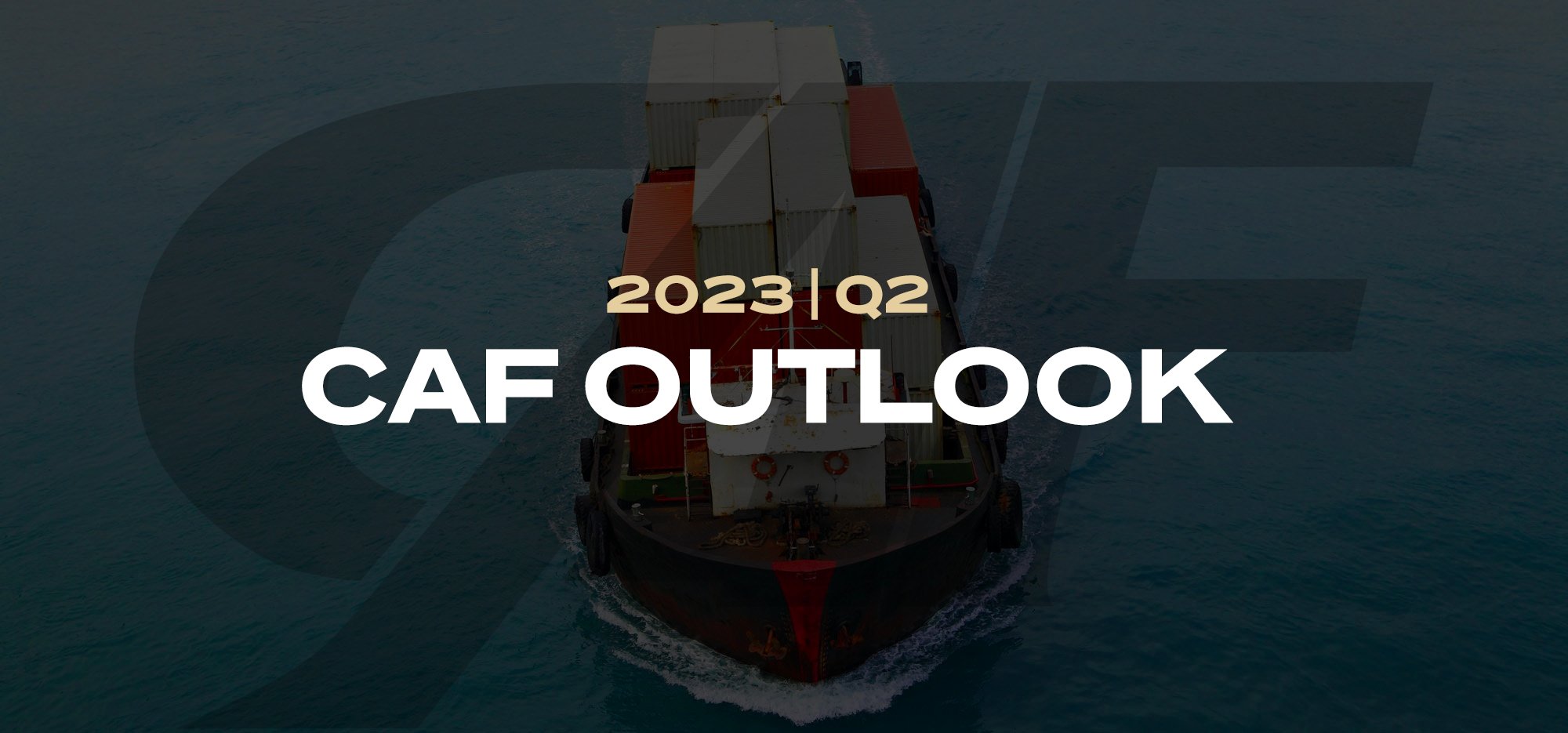
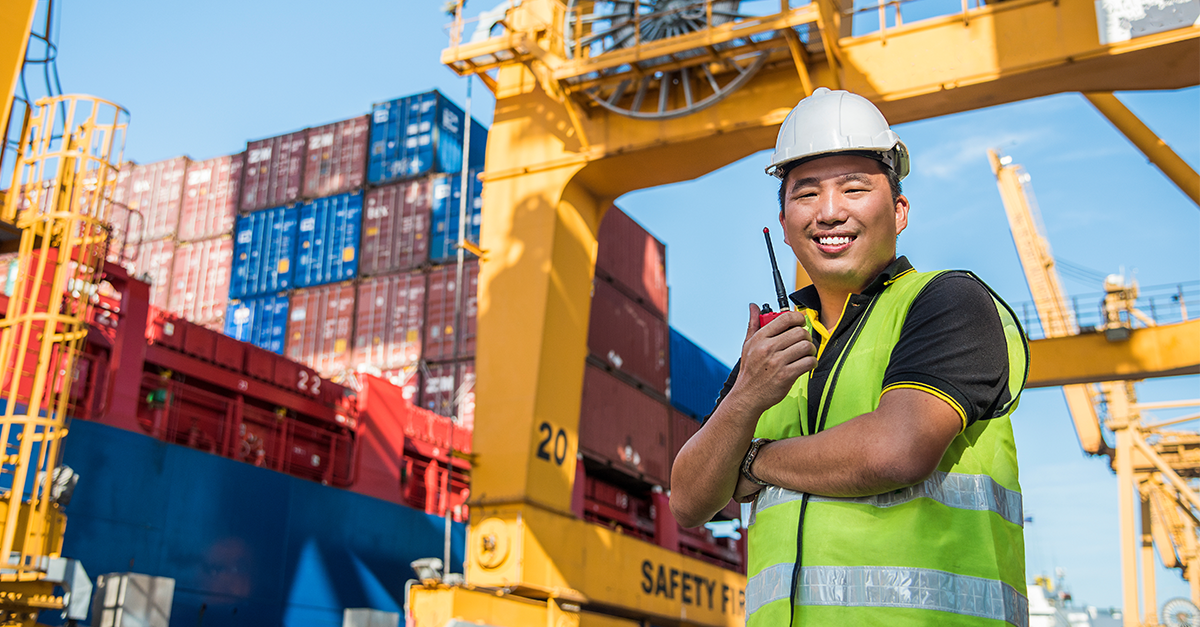
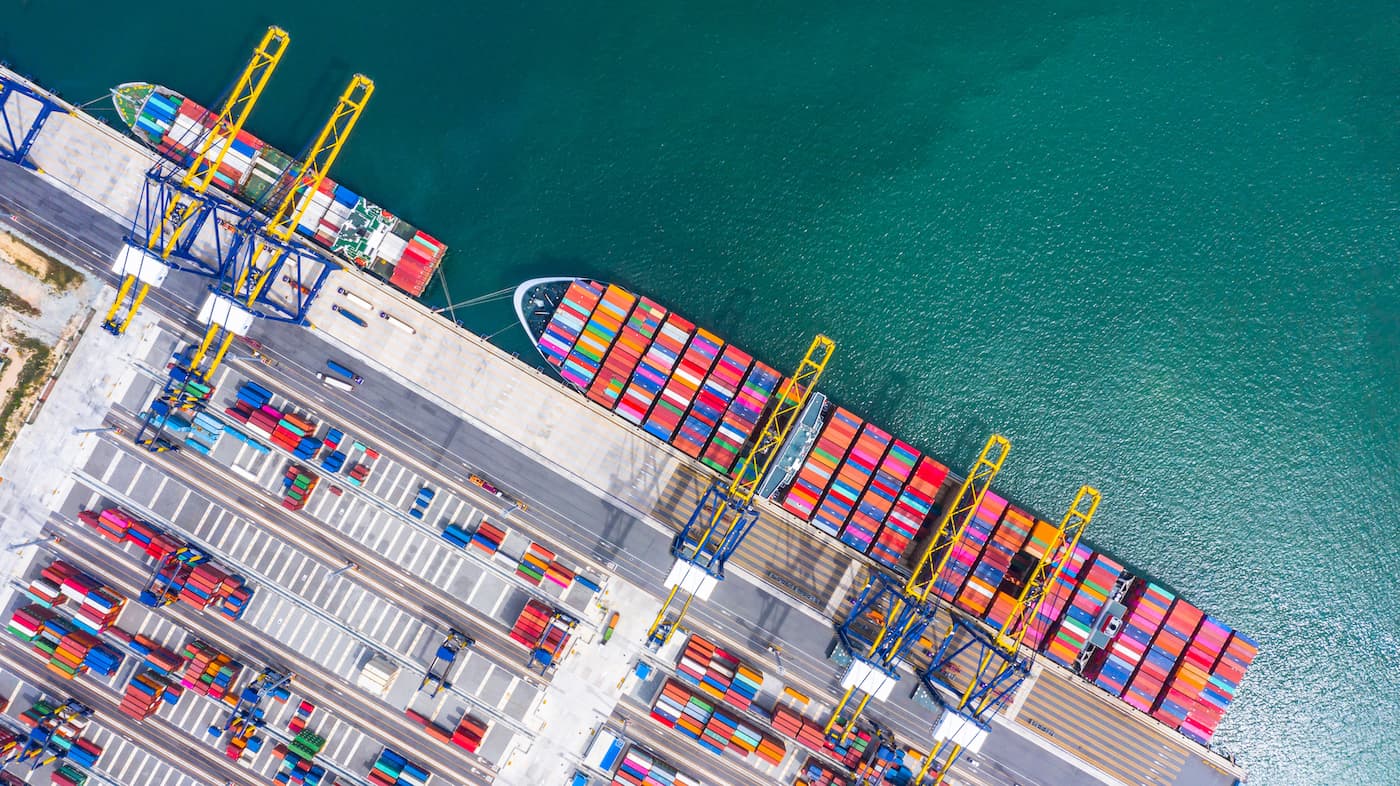
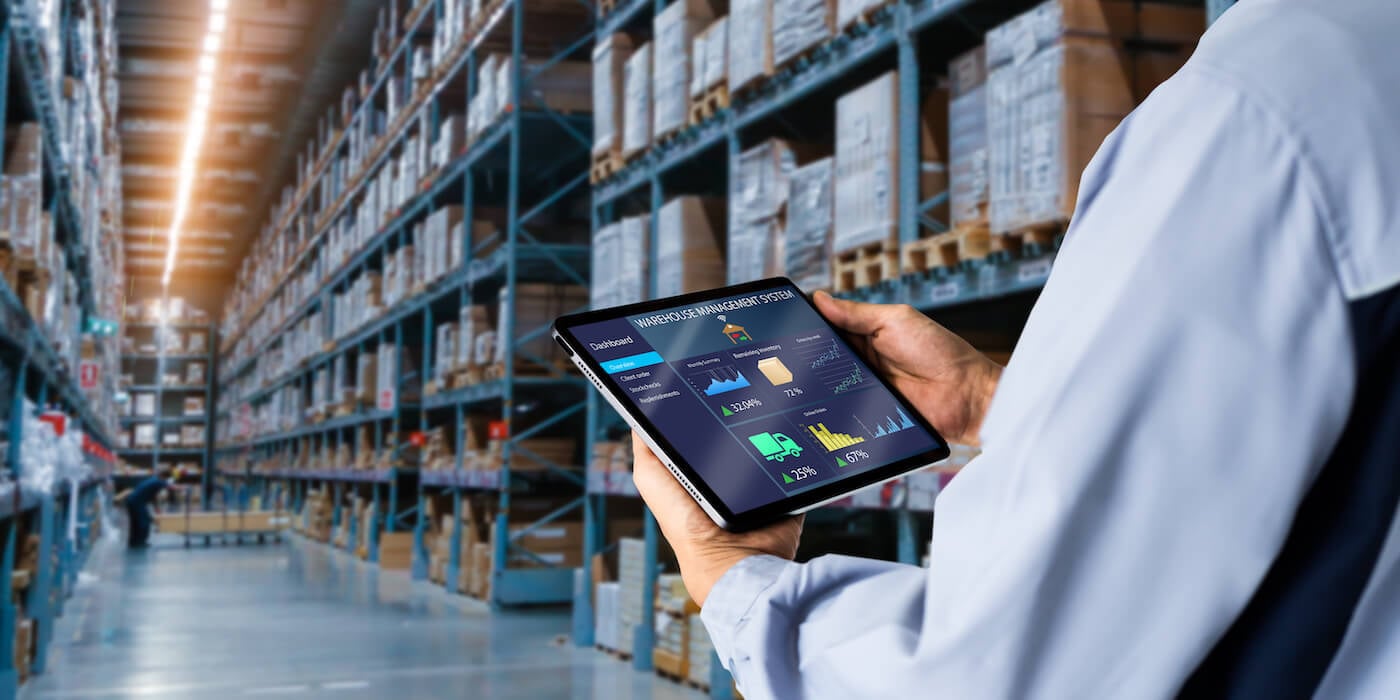
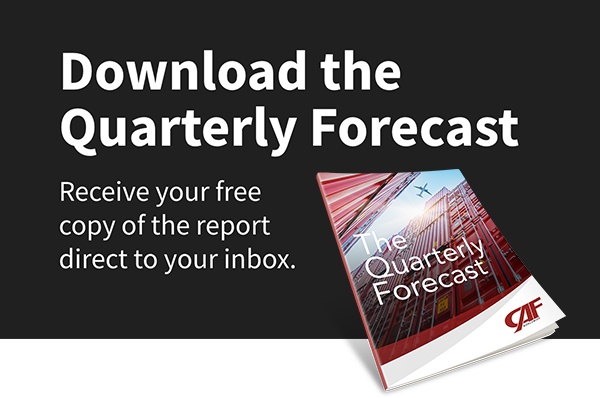

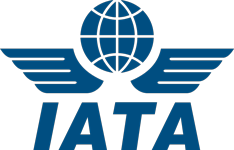





 Copyright 2025 CAF Worldwide. All rights reserved.
Copyright 2025 CAF Worldwide. All rights reserved.